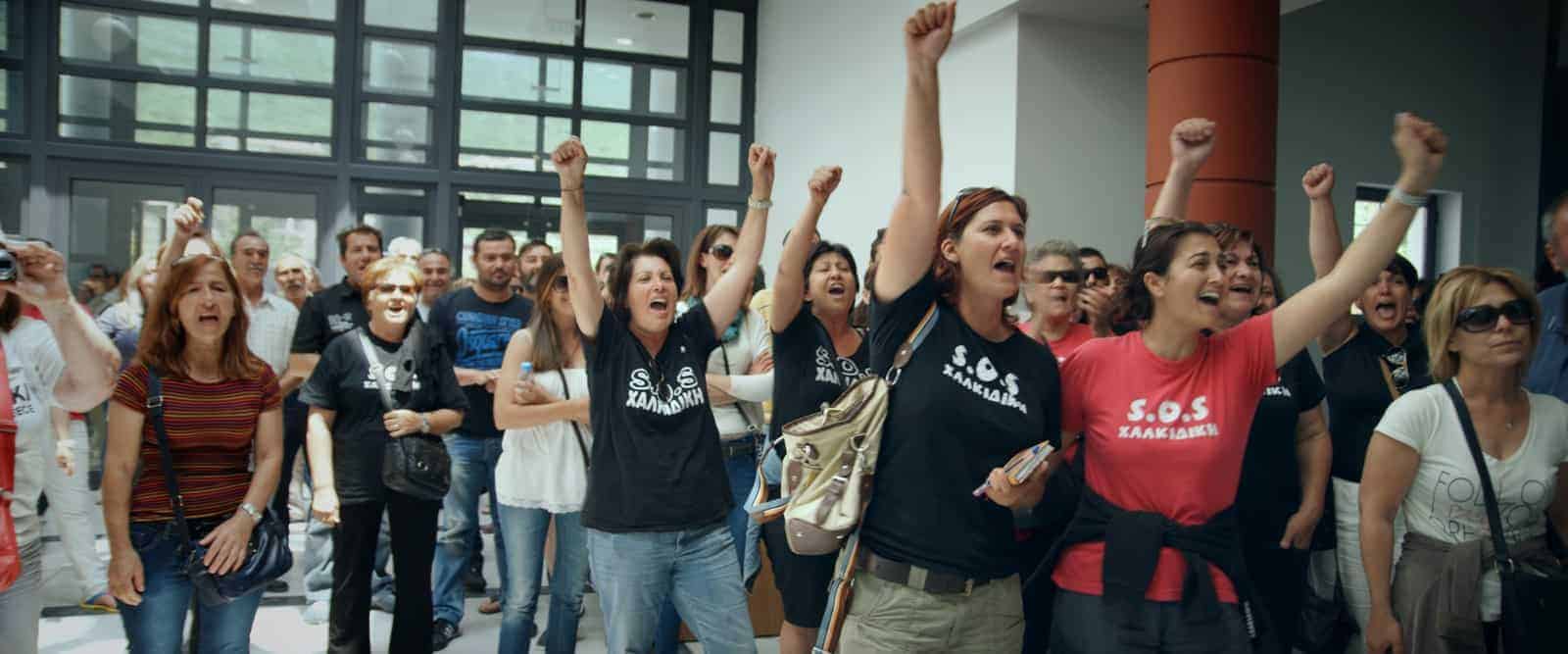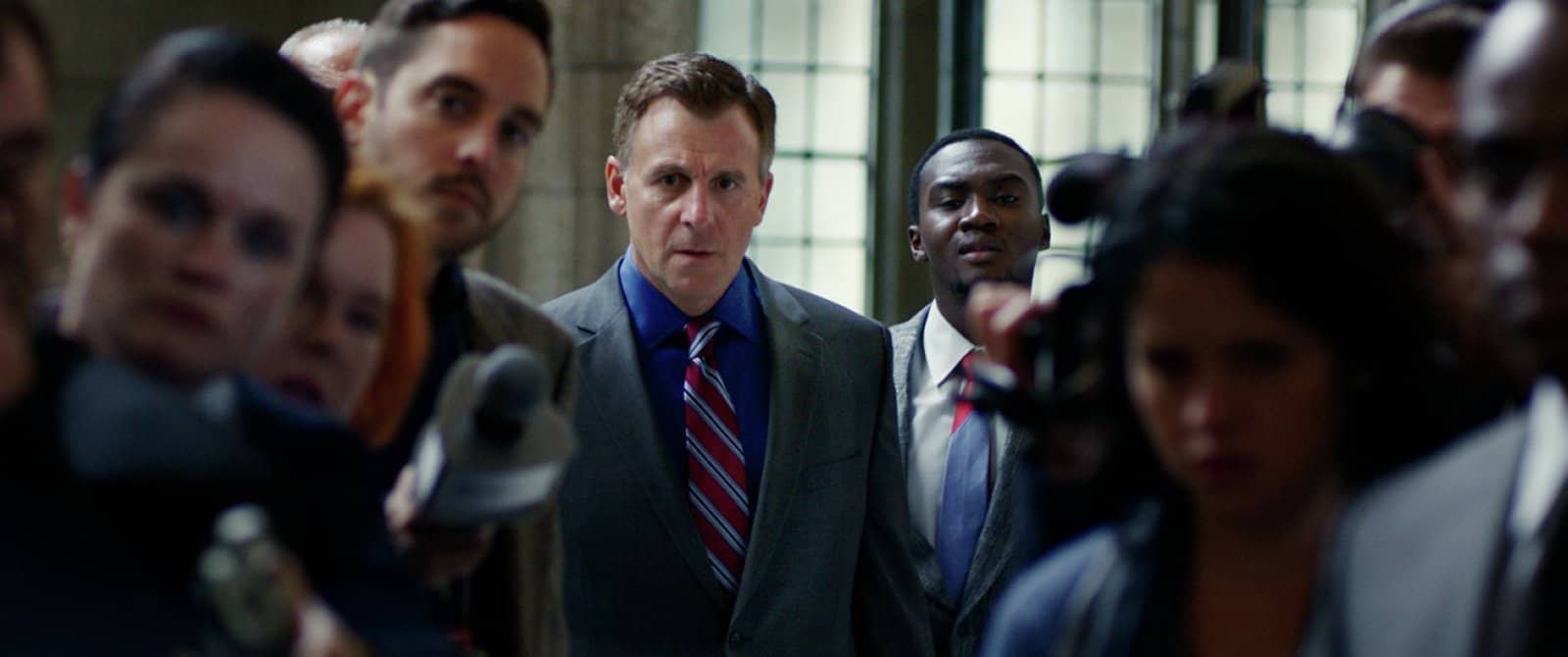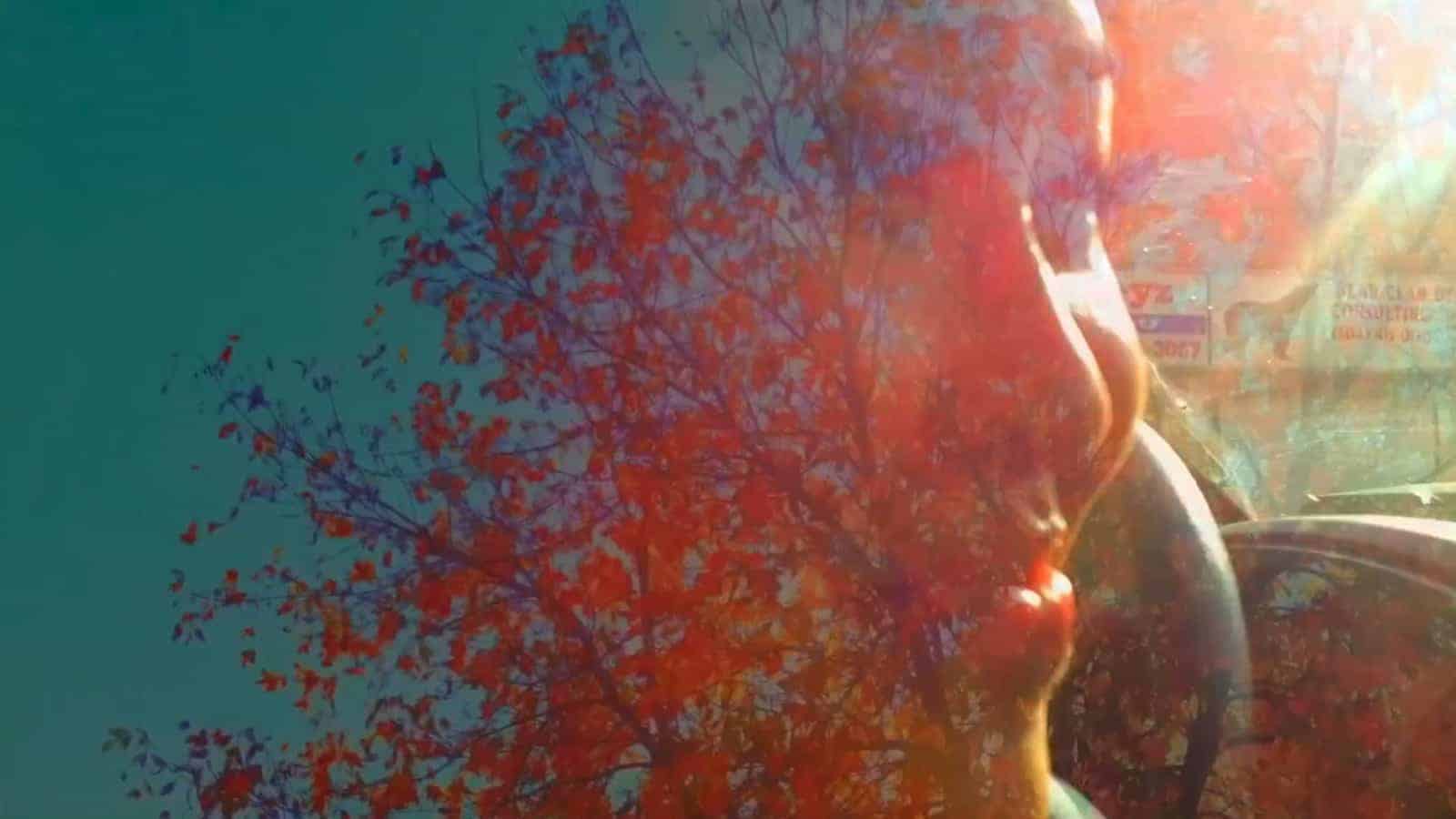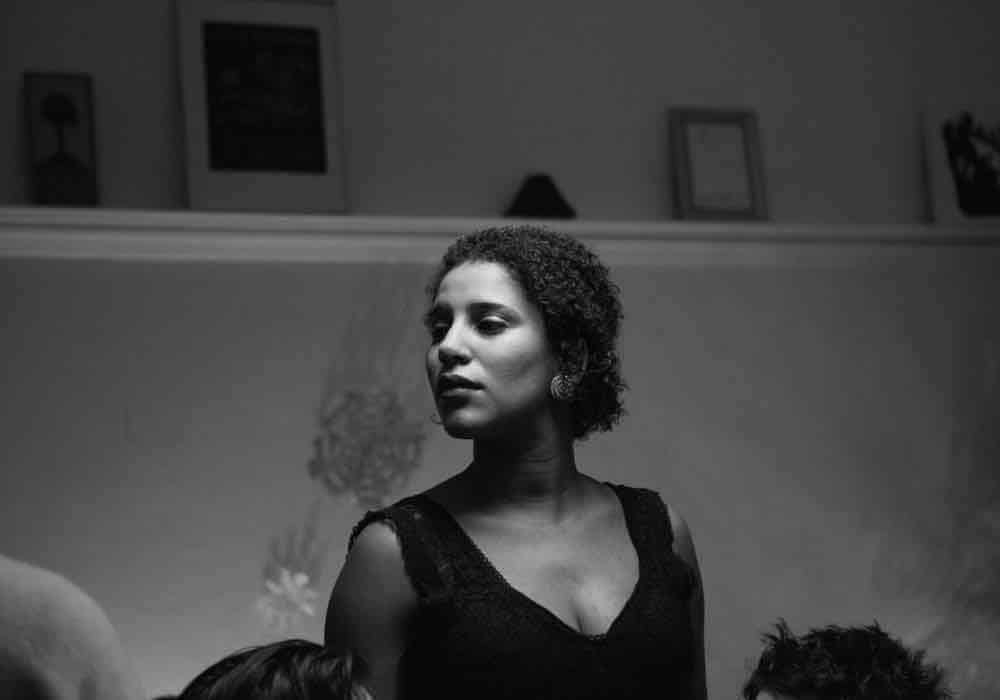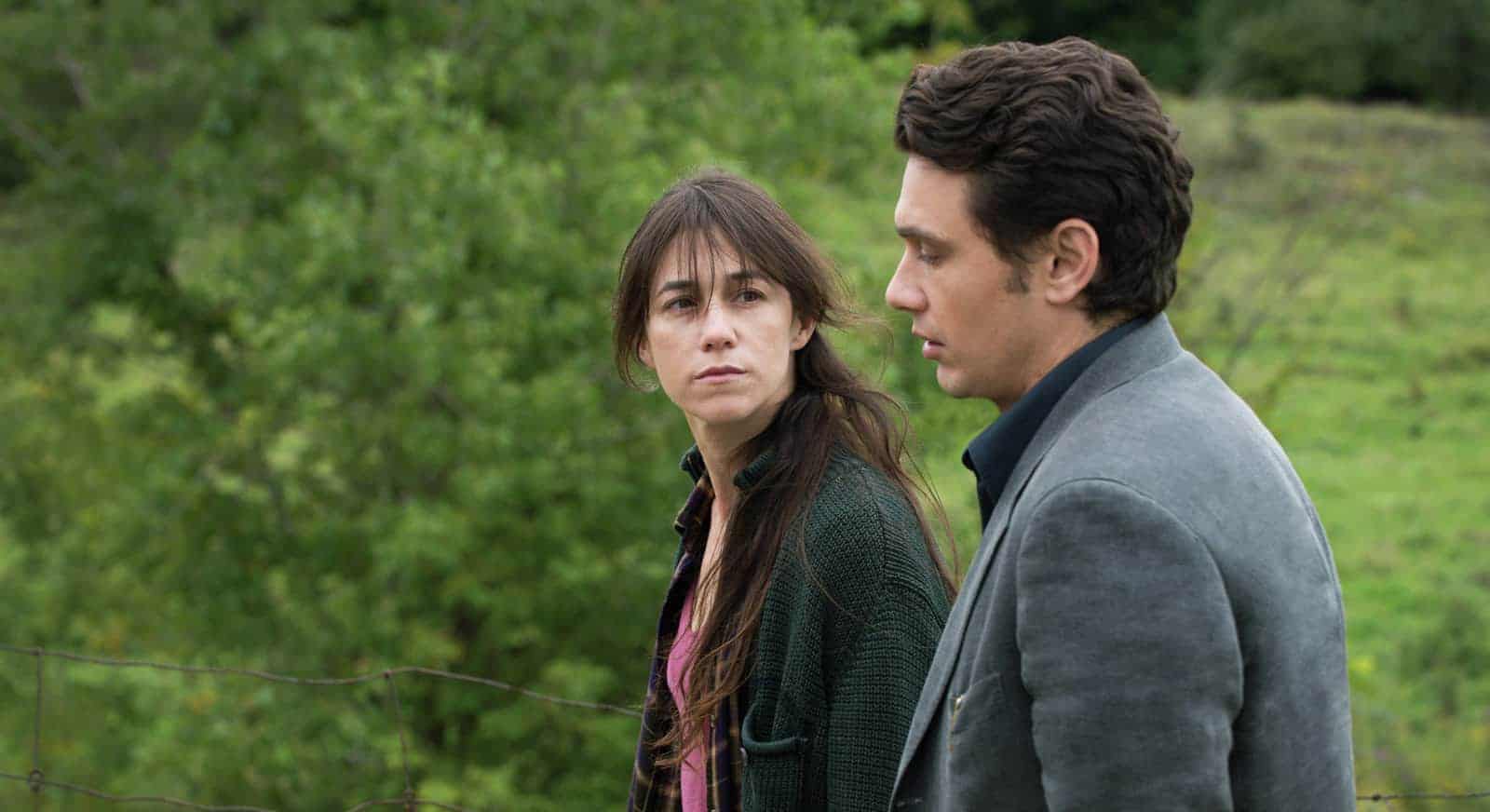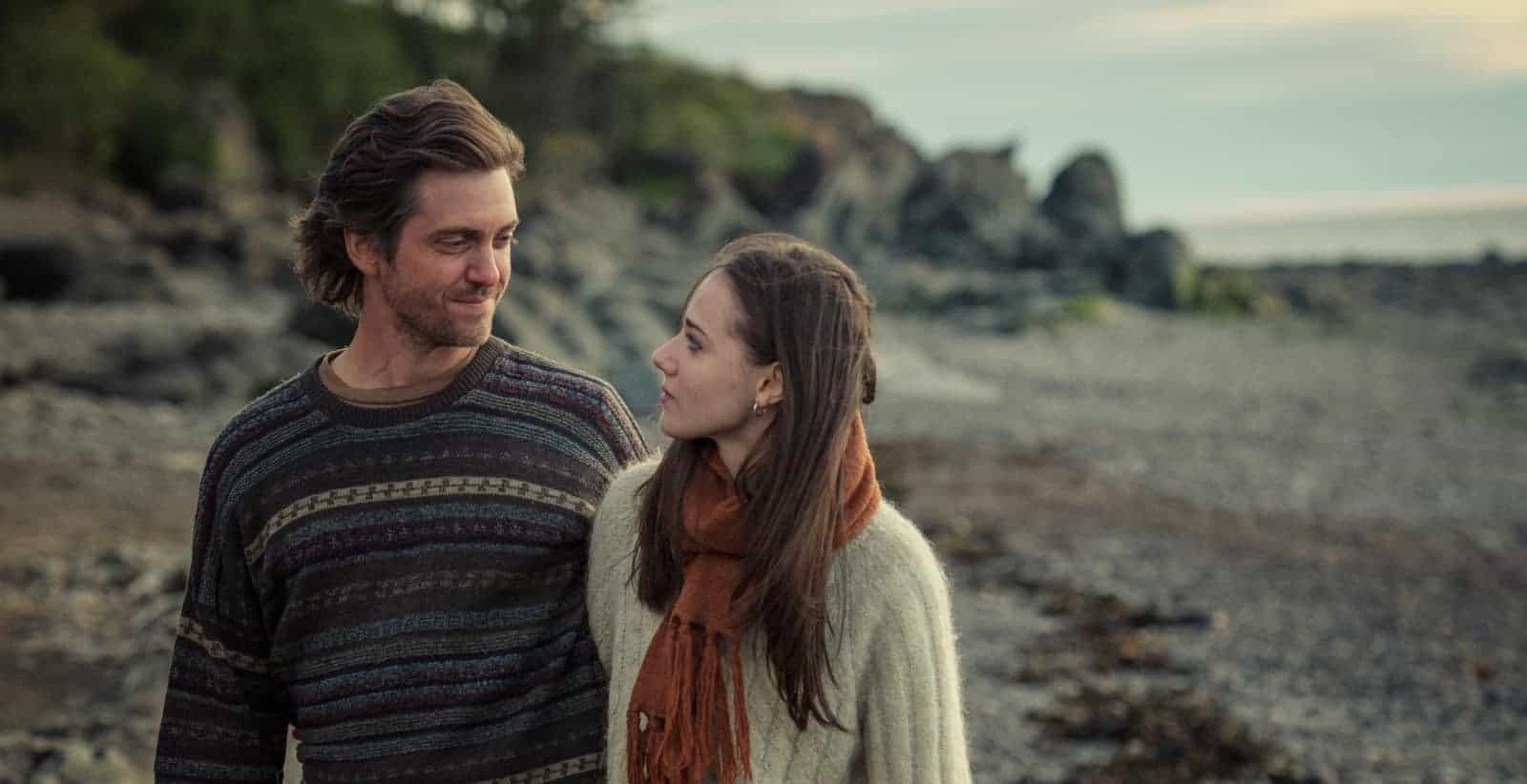Avi Lewis’ documentary This Changes Everything looks at the narrative for civilization that allowed climate change to happen. Without preaching, the film takes a look at grassroots movements that are helping to mitigate climate change.
Canadian Cinema
Promoting and spotlighting Canadian Cinema is one of the goals of The Seventh Row. Here you'll find reviews of Canadian films and interviews with Canadian directors.
My Internship in Canada is a smart farce
We review Philippe Falardeau’s hilarious political satire My Internship in Canada, which was selected as one of Canada’s Top Ten Films of 2015. Read our interview with director Falardeau here.
88:88 is a formal and ideological marvel **** 1/2
88:88, an emphatic statement on poverty, debuts an exciting, radical new voice in cinema: Winnipeg-based Isiah Medina. The numbers ‘88:88’ flash across alarm clocks when electricity goes out: The accurate time is replaced by these place holders and time essentially stands still. The central philosophical meaning of 88:88 in the film is one of stasis, and how that stasis caused by poverty subjects people to a minimized life.
TIFF15 shorts showcase emerging female directors
According to the Data Visualization firm Silk, only 27% of the films screening at this year’s Toronto International Film Festival — 69 of the 400+ films — were directed by women. The numbers get worse if you exclude short films entirely. Worse, only 9% of the films in TIFF’s Discovery section, a program dedicated to […]
TIFF15: Masterful 3D is vital to the domestic drama in Every Thing Will Be Fine
Whether it’s making you feel like you’re gazing at the Chauvet caves in Southern France in Cave of Forgotten Dreams or making you aware of how small a boy is in a big, scary, Dickensian adult world in Hugo, 3D can be an essential tool for storytelling. Ever since Wim Wenders started using the technology, to […]
TIFF15: Our Loved Ones depicts cycles of family grief
Our Loved Ones wrestles with the path to adulthood, memory, and family obligation.
